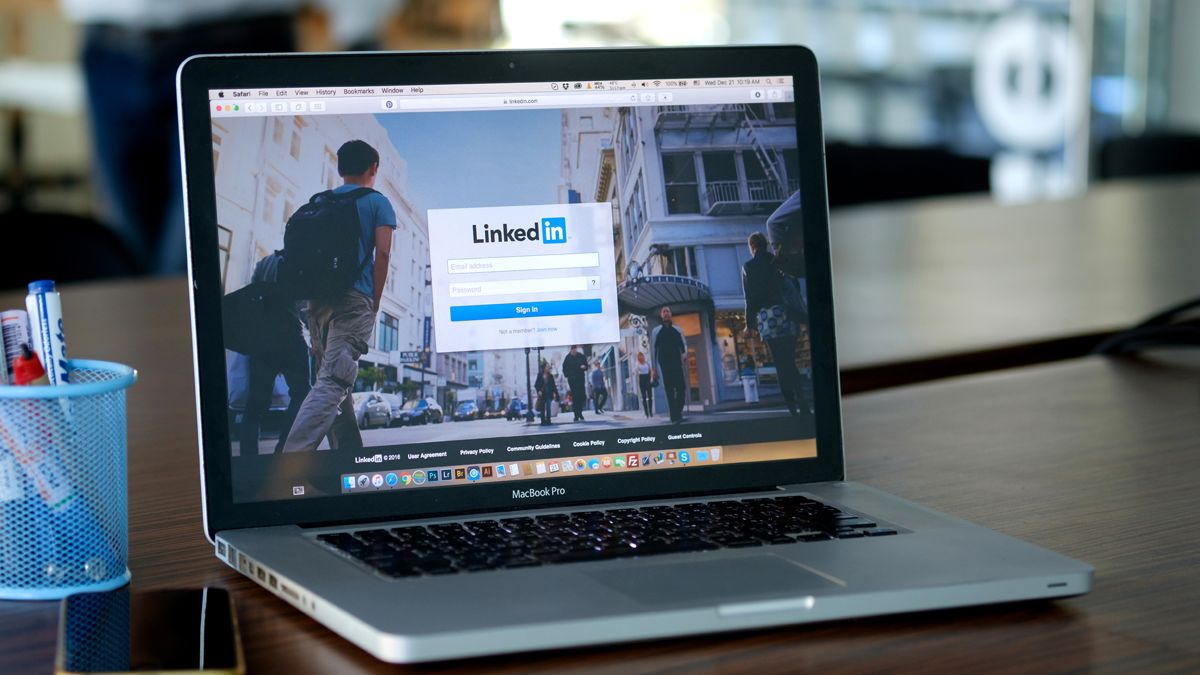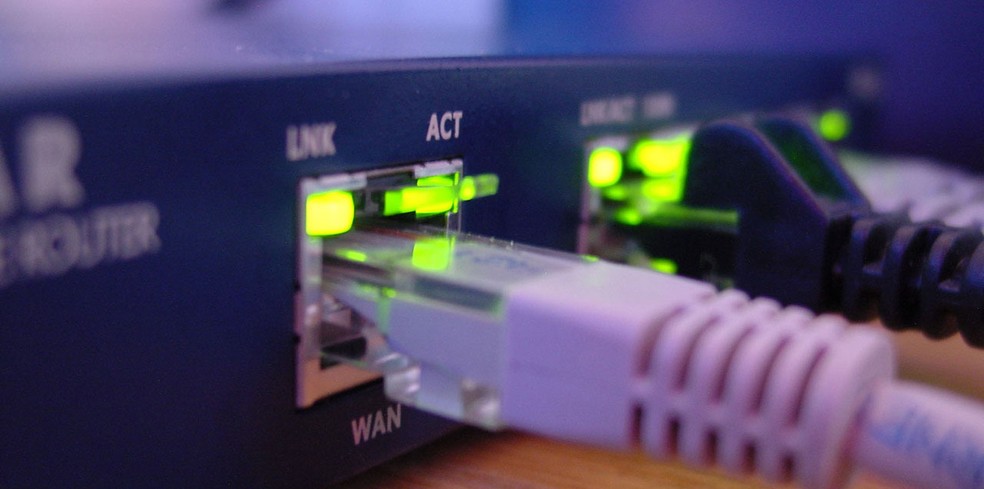If you have a LinkedIn account, your personal data could have been exposed to hackers. And it is that the information of up to 500 million users of the social network of professional contacts owned by Microsoft has been leaked to a digital piracy forum. The news comes shortly after a security breach was exposed that has exposed a similar amount of Facebook data.
A hacker has put personal information such as names, phone numbers, email address and professional profile up for sale on a hacking forum
The usurped LinkedIn data includes the full name, gender, phone number and email of its users as well as the personal and professional information detailed in their biographies. More sensitive data such as credit cards or legal documents would not be affected.
The cybersecurity portal Cybernews, which advanced the news, explains that the hacker author of this cyberattack is putting up for sale the package of 500 million usurped data for a sum of four digits that could be paid “presumably in Bitcoins.” In the case of Facebook, these stolen data was leaked for free.
To prove the authenticity of that data, the hacker is selling a package of two million pieces of data for as little as two dollars. Although Cybernews has confirmed that this data is real, it is unknown if it is updated data or is from previous LinkedIn security breaches.
Cyber attack risk
As has already happened with Facebook, it is noted that the data extracted from LinkedIn can be used by other hackers to carry out cyberattacks of different kinds. Thus, phone numbers and email addresses can be used to send millions of fraudulent and virus-containing messages to try to penetrate users’ computers to steal their accounts. That method is known as phishing.
In this situation, experts recommend following steps such as changing LinkedIn passwords for newer and more complex ones, activating two-factor authentication to verify that you are the one who enters your account and be attentive to any type of suspicious message that you can receive. Combining that data with data stolen from other attacks on other networks can help them create more detailed profiles of their victims, making their messages more compelling.





